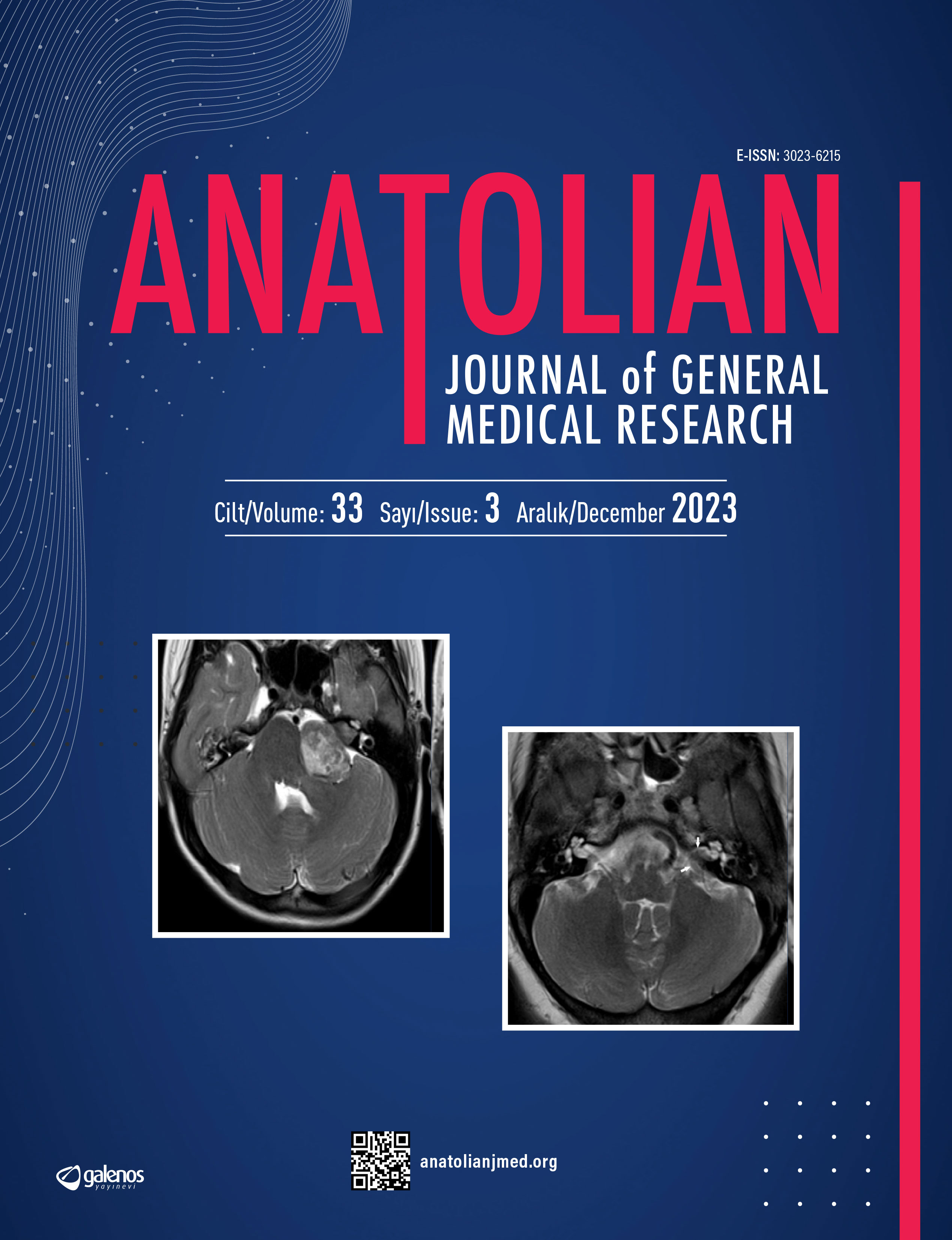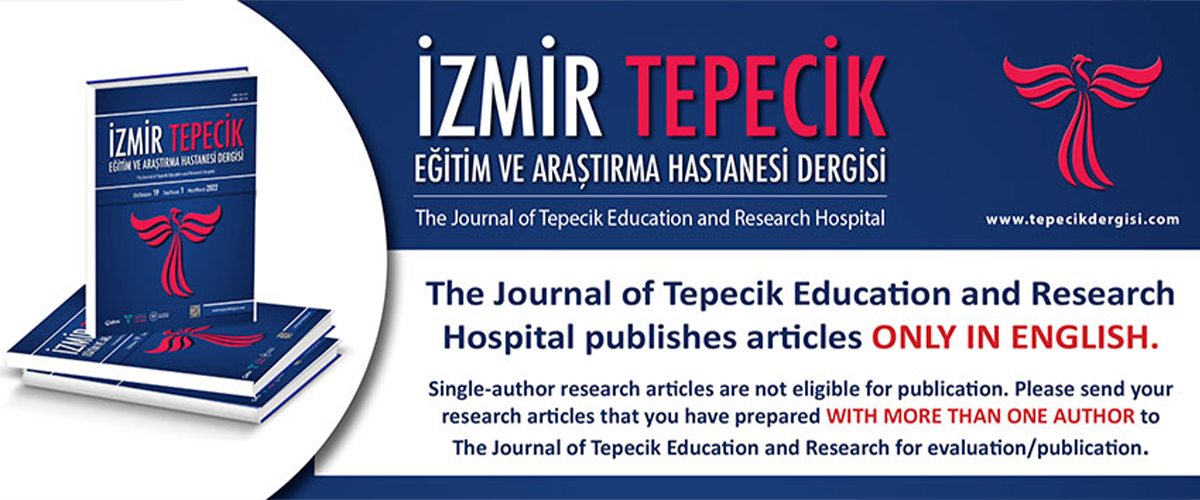








Pregnancy Rates Following High-quality Blastocyst Transfer in Patients with Variable Indications for ART Treatment
Can KöseUniversity of Health Sciences Turkey, İzmir Tepecik Education and Research Hospital, In Vitro Fertilization Unit, İzmir, TurkeyObjective: In recent years, blastocyst transfer has emerged as a significant advancement in assisted reproductive technology (ART), offering improved implantation potential and higher pregnancy rates than earlier-stage embryo transfers. This study aimed to investigate pregnancy outcomes following blastocyst transfer among diverse etiologies of infertility.
Methods: Analyses were conducted on 378 patients who underwent ART treatment between 2013 and 2022 at the Clinic of Obstetrics and Gynecology of University of Health Sciences Turkey, İzmir Tepecik Education and Research Hospital. Subgroups were formed based on the causes of infertility: Poor ovarian reserve, hormonal ovulatory deficiency, male factor, tubal factor, and unexplained infertility. Demographic characteristics of patients, causes of infertility, blastocyst transfer outcomes, and resulting pregnancy rates were collected and analyzed.
Results: Three hundred seventy-eight patients underwent blastocyst transfer, and among them, 202 were pregnancy positive, resulting in a pregnancy rate of 53%. The subgroup success rates were as follows: Unexplained infertility, 16.4%; poor ovarian reserve, 6.1%; hormonal ovulatory deficiency, 17.8%; male factor, 18.3%; and tubal factor, 3.2%.
Conclusion: Our results showed that clinical pregnancy rates do not vary significantly across different etiologies.
Corresponding Author: Can Köse, Türkiye
Manuscript Language: English
(362 downloaded)




